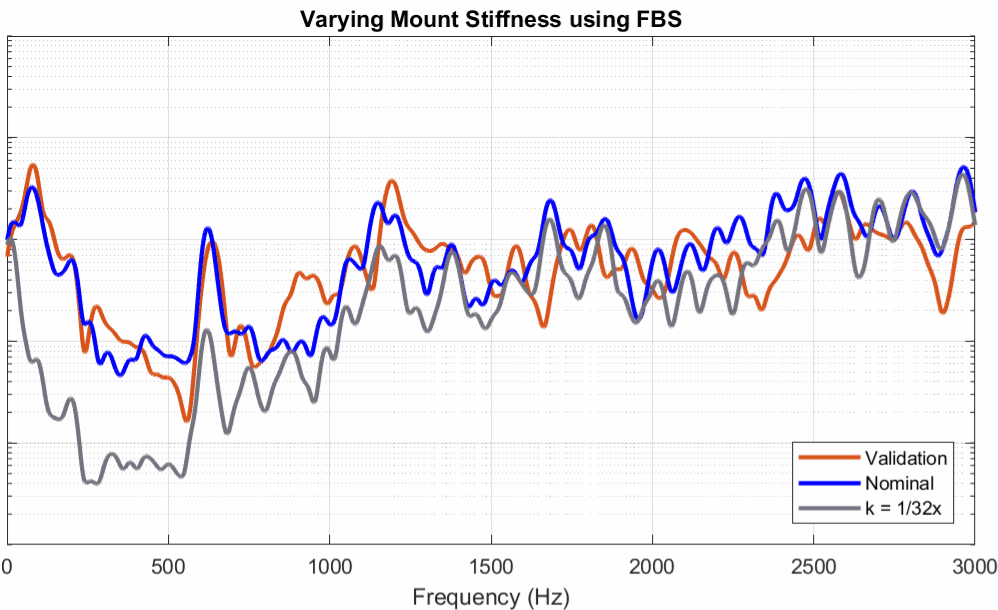VIBES applies new modeling and substructuring technologies to a Volvo electric drive
20 December 2018
Automotive electrification is becoming more and more prevalent. Electric engines require a different engineering approach in the development of a vehicle, as they produce a high-frequent, tonal noise than traditional vehicles. Volvo is one of the leaders in the transition to electric powertrains, and recently Volvo announced that every new model from 2019 onwards will feature an electric engine. The transition from traditional combustion engines to electric engines brings challenges on many fronts: besides the range of the car and battery charging times, also the sound & vibration characteristics are changed dramatically with electric engines. That’s where VIBES came in.
Electric engines produce a high-frequent, tonal noise which requires a different engineering approach in the development of a vehicle. Discussions with NVH experts from Volvo, lead to collaboration with VIBES to apply new modeling and substructuring technologies to a Volvo electric drive. VIBES provided expertise in the correct application of the used techniques and performed the measurements at the Volvo R&D center in Gothenburg. As one of the components in the project was modeled using SEMM, which is a new hybrid modeling technique combining models from tests with simulated data, both measurement and simulation experts from Volvo have been involved, as well as scientists of Technical University of Delft and Munich.
In the project, the vibrations of an assembly consisting of an electric drive mounted with rubber mounts in a subframe, which is again mounted on the vehicle by rubber mounts, is predicted by combining models of the individual components. The predicted vibrations are compared to a validation measurement and shows valid results up to 2000 Hz – an extensive range when compared to traditional methods which typically only make accurate predictions up to a few hundred Hz.
VIBES presented these results on the 2018 International Conference on Noise and Vibration Engineering (ISMA) in Leuven, Belgium. The full conference paper can be found on this page of ResearchGate.
Key takeaways of the research:
- We showed how to build a complete chain of vibrations out of component models (such as the engine, rubber mounts, bodywork, etc.) and how these can be optimized separately
- These components may originate from computer simulations, test-based models, or a combination of both (using SEMM)
- Doing so, the influence of rubber mounts stiffness can be predicted on electric noise at the drivers’ ear (see the animation)
In the automotive industry, the electrification of powertrains and modularization of components are trends which are here to stay. A modular NVH strategy, which is able to include the tonal aspects of electric engines, is fundamental to deliver high quality vehicles and to compete in the premium segment. A modular strategy allows engineers to quickly assess many combinations of components, a crucial aspect when deciding on for example rubber mount stiffnesses to attach an electric drive to the vehicle.
This case demonstrates a powerful example of the application of hybrid modeling strategies combined with dynamic substructuring techniques to predict sound and vibrations. Components can be modeled or measured individually, and by combining these individual models a full system response is calculated. This approach solves a major issue, because it allows to separate responsibilities between departments or suppliers. Because these new methods are not supported in traditional software programs, VIBES has developed a suite of tools to help OEMs and suppliers integrate these new methods into their workflow.
Do you want to know more about this research? Please get in touch with us!

